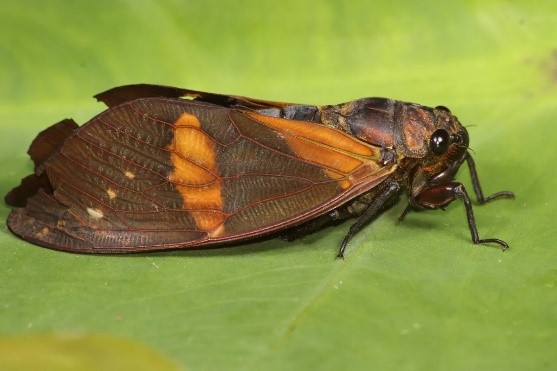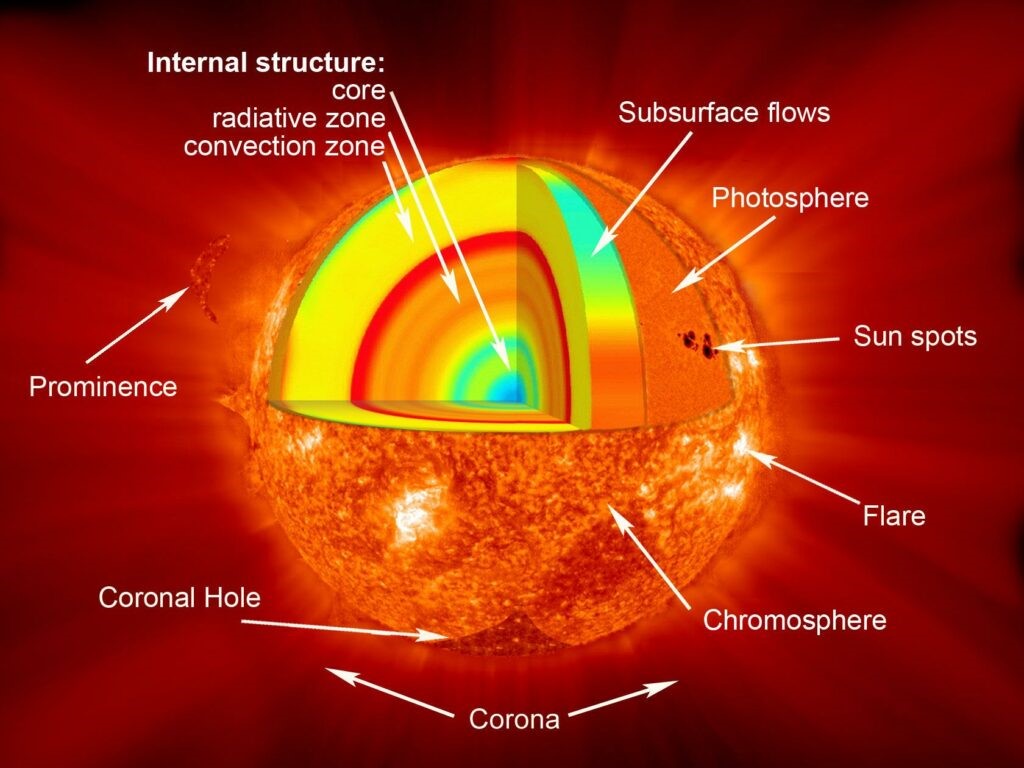Butterfly Cicada
A New species of cicada was recently discovered in Meghalaya, marking the first-ever record of the genus in India.

Cicada
|
Annual cicadas |
Periodical cicadas |
|
|
|
|
References
Pangolin
Pangolins face rapid declines across Asia and Africa, with all 8 species classified as vulnerable, endangered, or critically endangered.
|
Conservation status |
|
|
|
IUCN Red List |
Critically Endangered - Philippine Pangolin, Sunda Pangolin, Chinese Pangolin. Vulnerable - Temminck's Pangolin, Black-bellied Pangolin. Endangered - Indian Pangolin, White-bellied Pangolin, Giant Pangolin. |
|
|
CITES |
Appendix I |
|
|
Wild Life (Protection) Act, 1972. |
The Indian Pangolin and Chinese Pangolin are listed in Schedule-I |
|
References
Layers of Sun
The upcoming solar eclipse provides a rare opportunity to witness the sun’s superhot corona.

Solar Atmosphere
References
PM-SUMAN Scheme
|
The average annual rate of reduction (ARR) of Maternal Mortality in India is 6.36% and globally by 2.07%. The sustainable development goal (SDG 3) is to reduce the global MMR to less than 70 per 100,000 live births by 2030. |
References
Tarawih
Muslims across the world gear up for tarawih after the crescent moon is seen in several Indian cities recently.
References